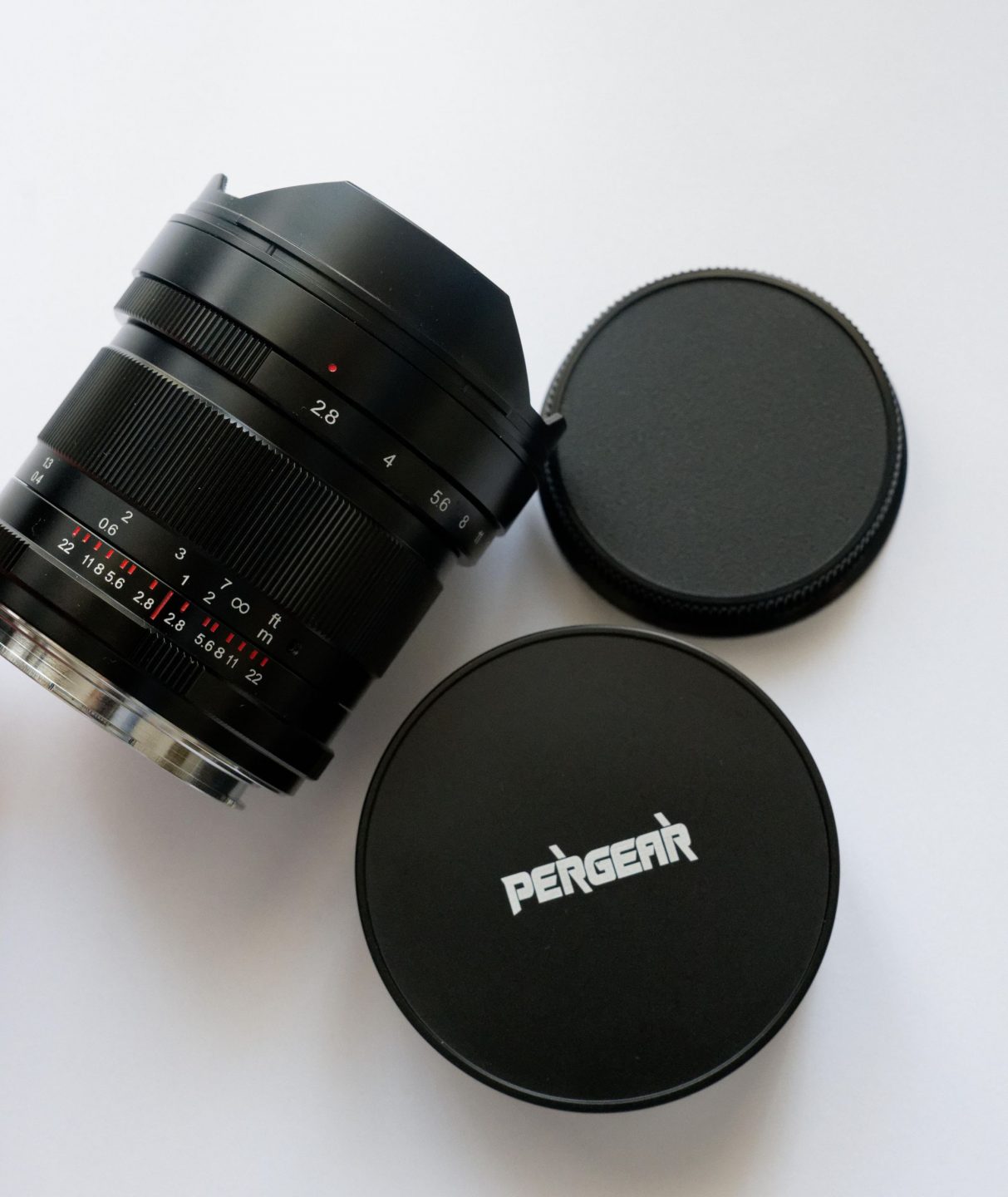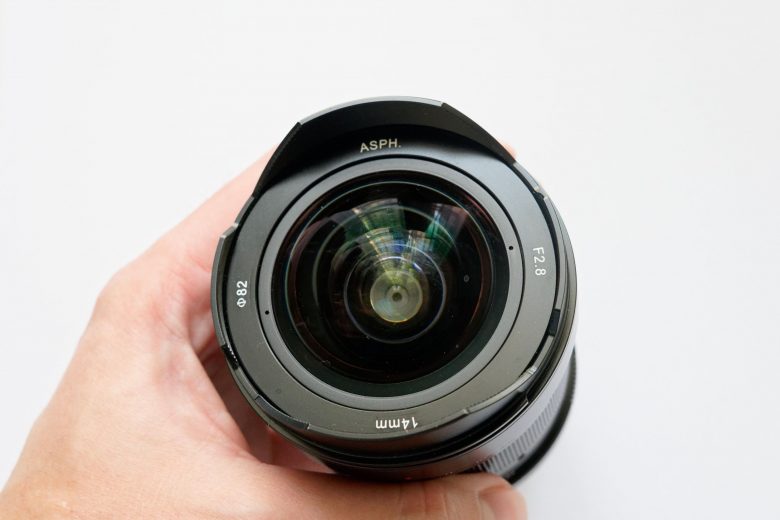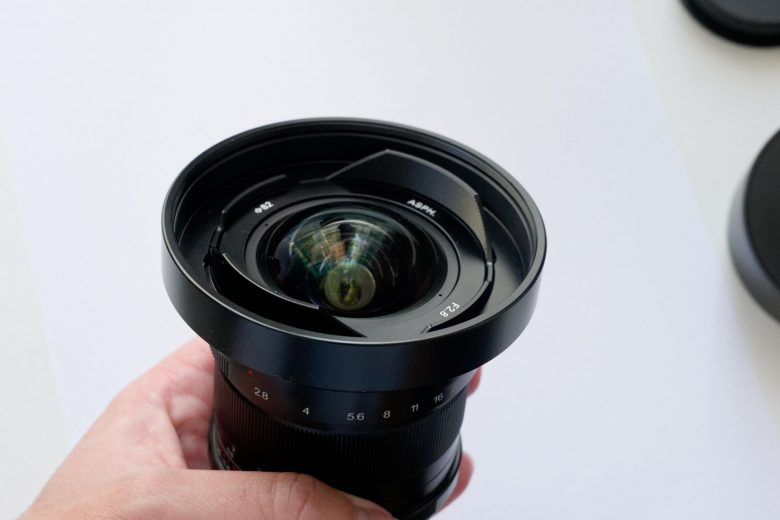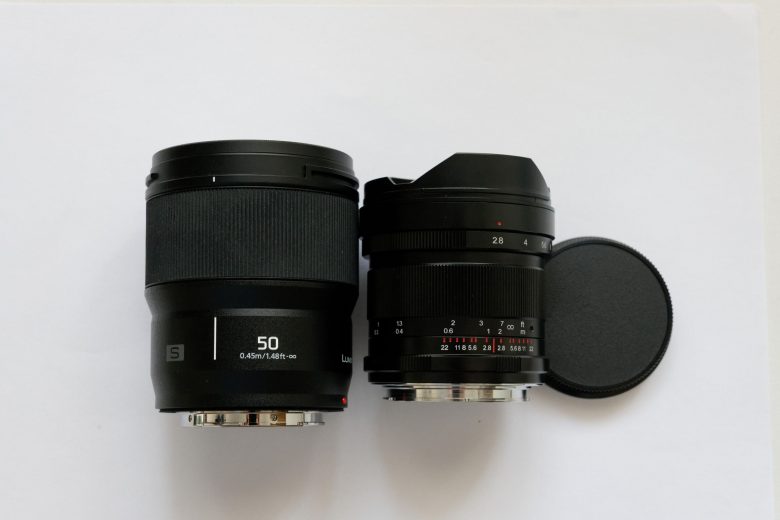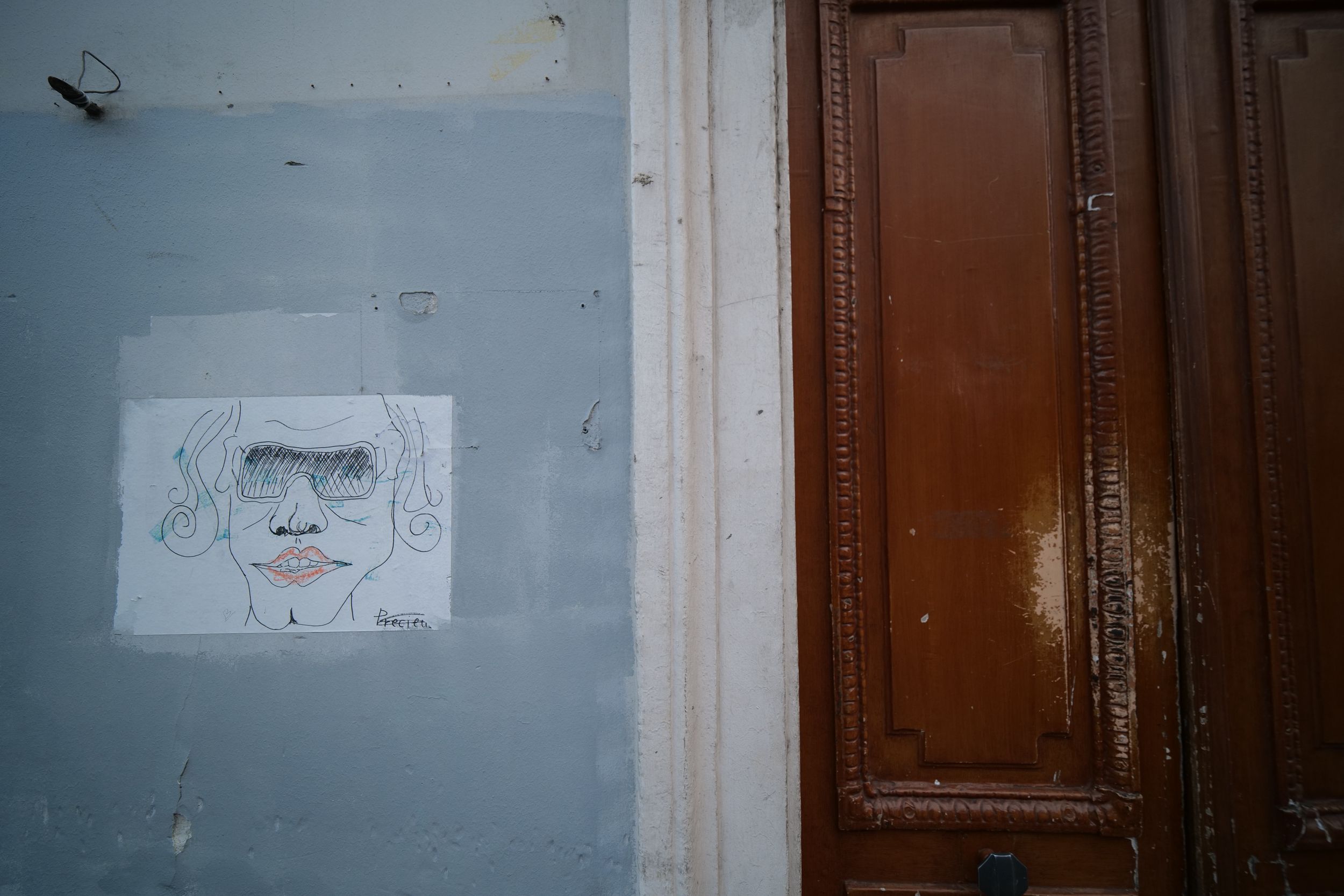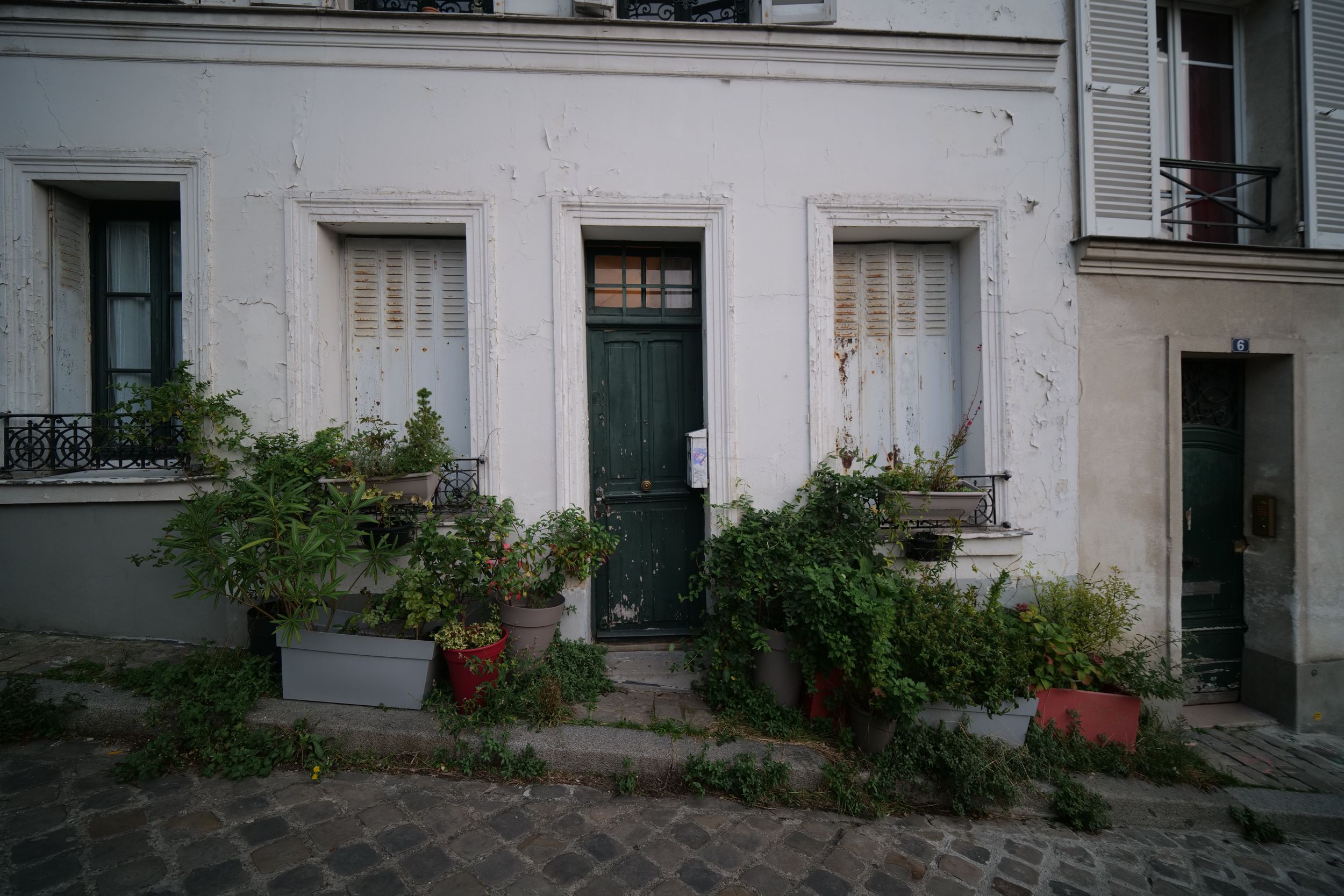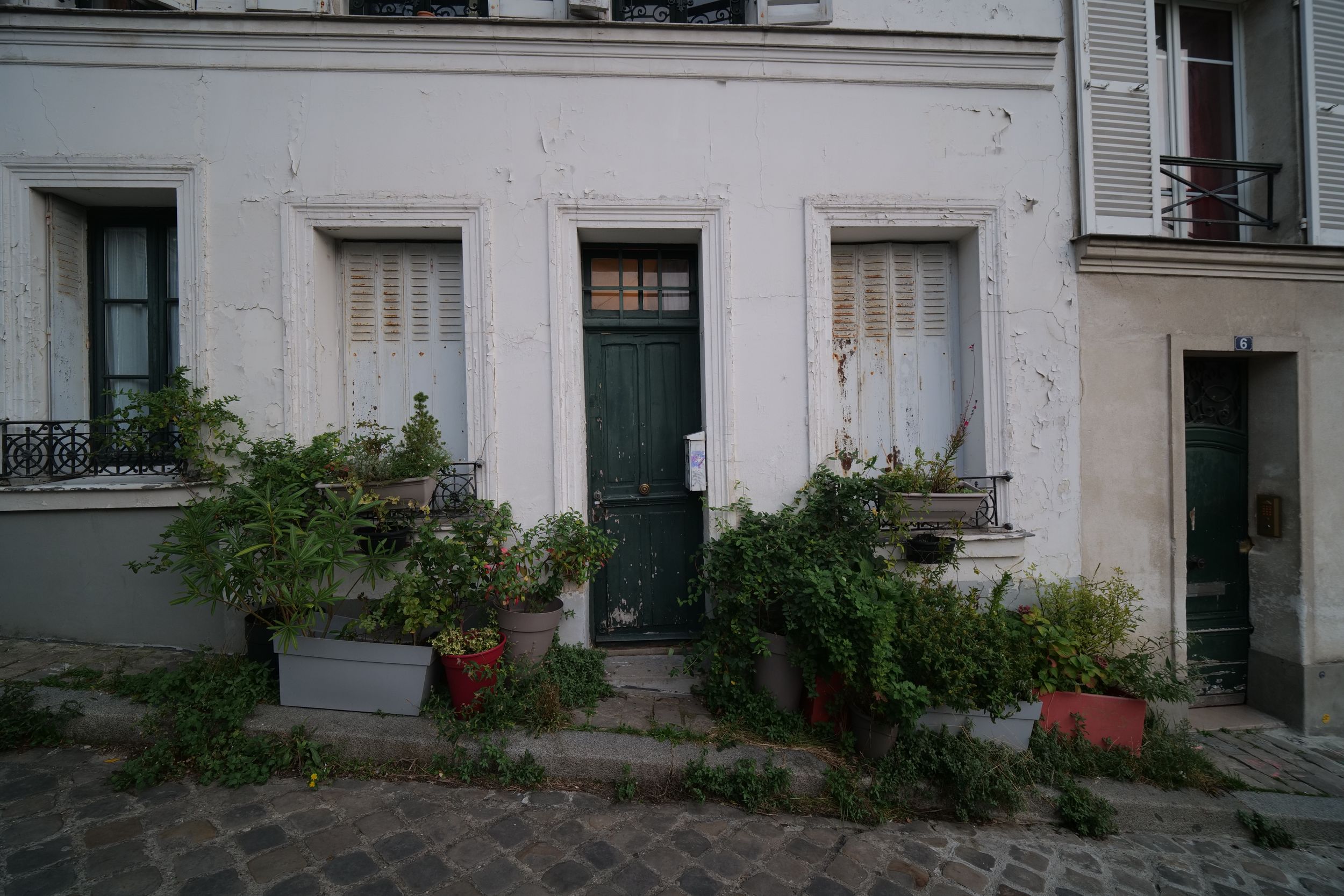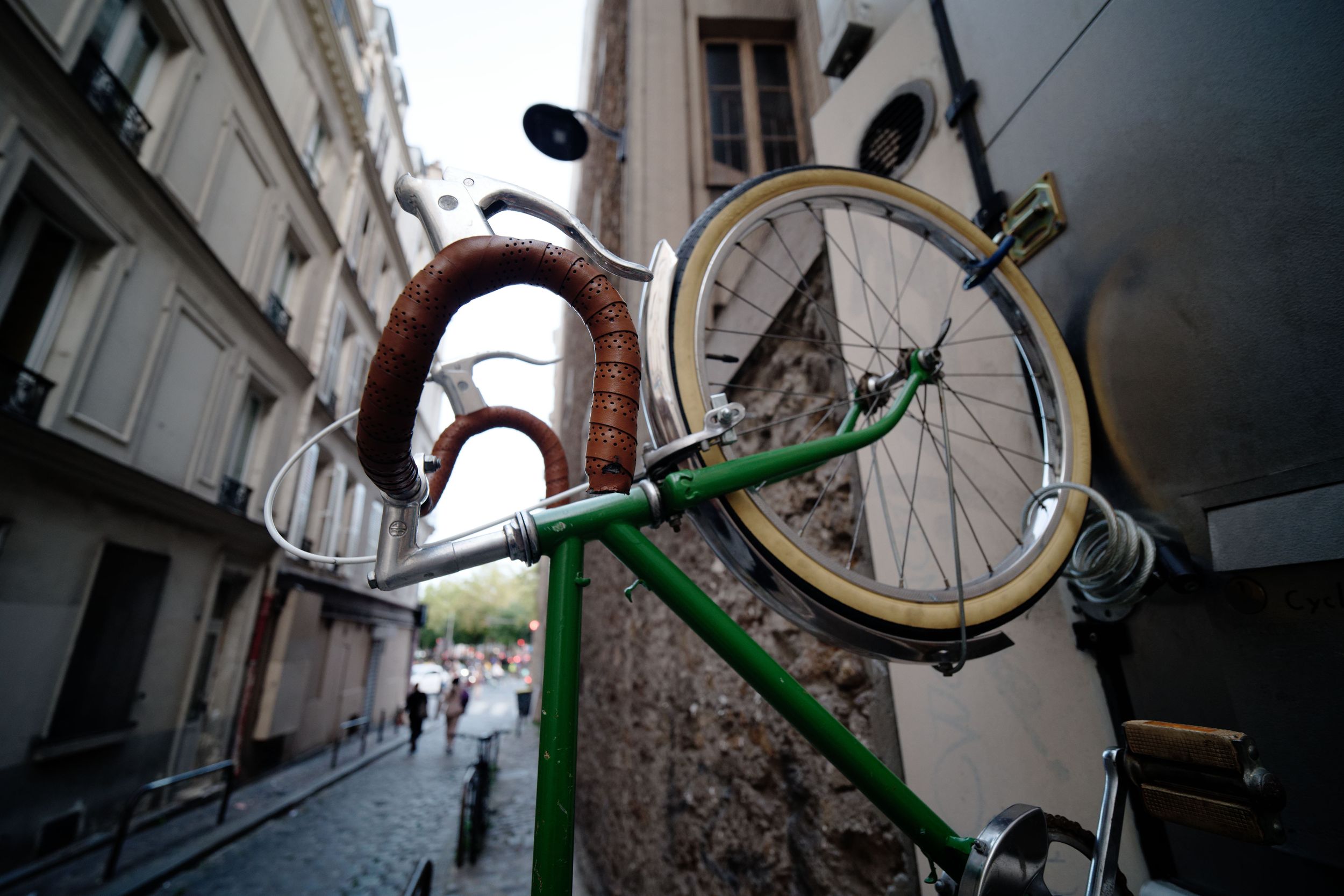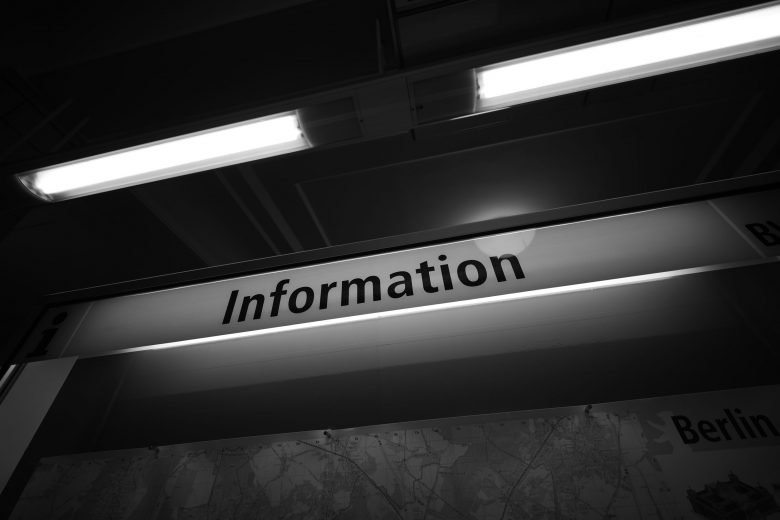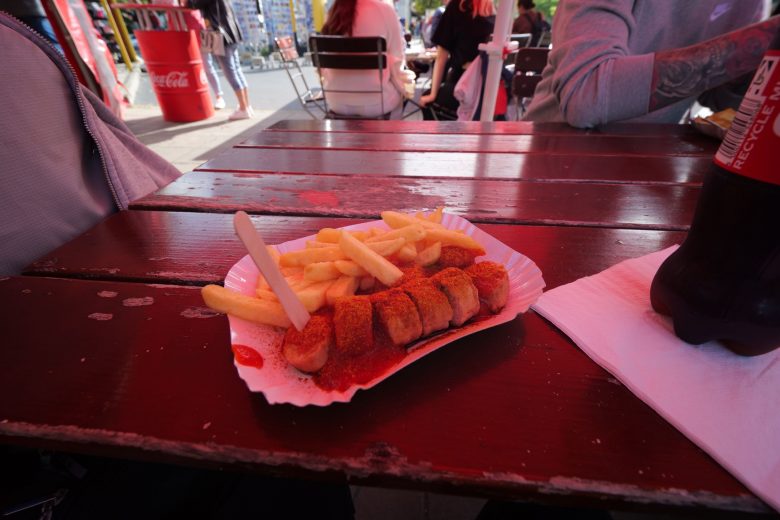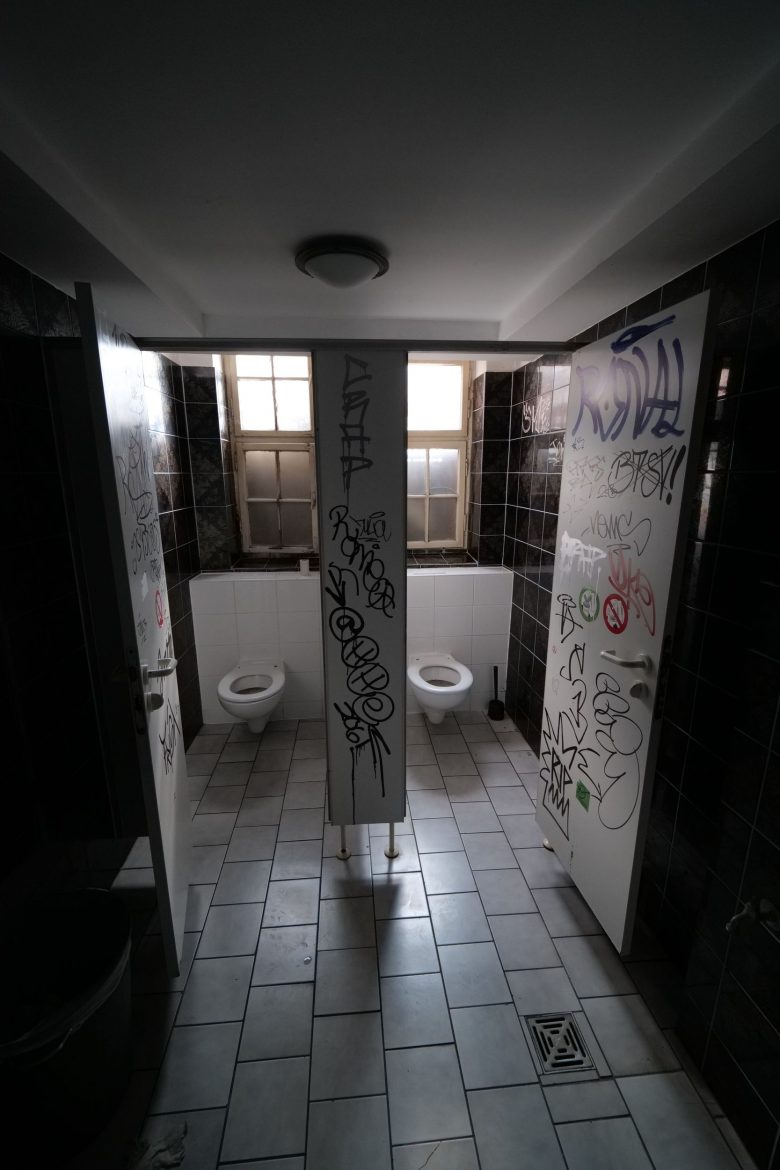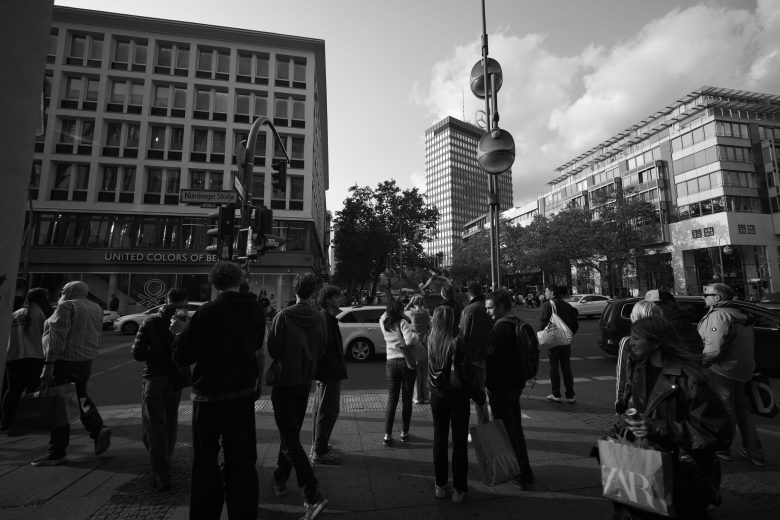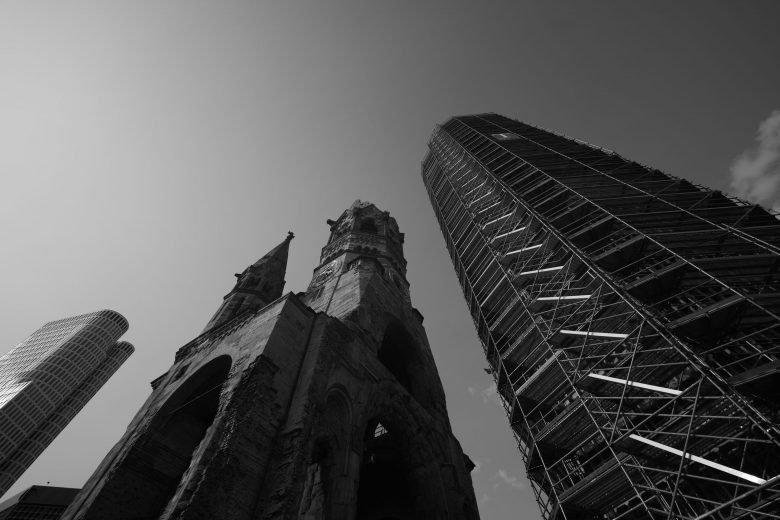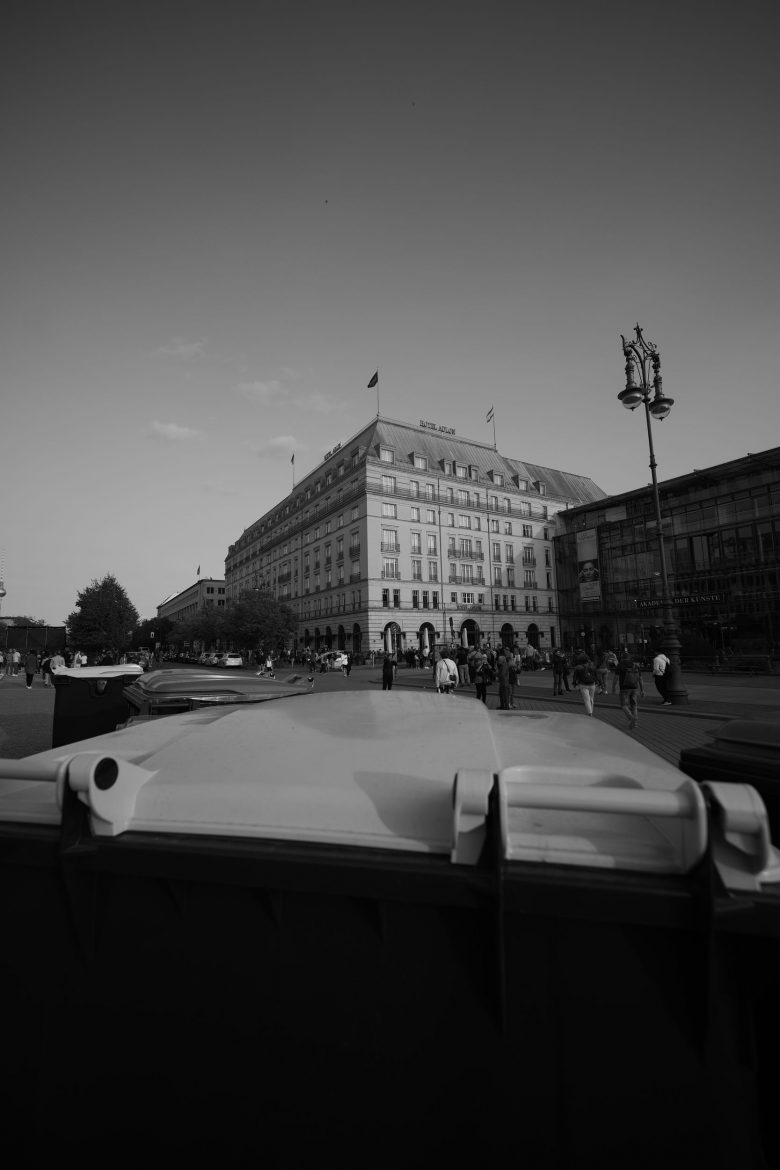Introduction
In this review, I’ll be examining the budget-friendly ultra wide-angle lens, the Pergear 14mm F2.8 II, available for Sony E-Mount, Nikon Z-Mount, Canon RF-Mount, and Leica L-Mount. It is priced at around 250€ at the time of writing. The lens offers an impressive wide angle of 114 degrees, making it a great choice for expansive shots. It’s worth noting that there are limited alternatives available for Lumix L-mount at this price point.
Body & Design
The lens boasts a solid metal construction, conveying durability and sturdiness. However, it’s heavier than expected for its size, weighing in at 487g. For a size comparison, it’s smaller than the Panasonic Lumix 50mm 1.8 lens. Additionally, the integrated lens hood provides some protection, and the lens comes with an 82 mm filter adapter, although I didn’t have a 82mm filter on hand to test. The lens cap weighs 32g, while the filter adapter weighs 54g.
Unfortunately the lens has no weather-sealing.
Handling
The Pergear 14mm F2.8 II exhibits commendable build quality. The focus ring operates smoothly, enhancing ease of use. Manual focus is always challenging but due to the nature of wide angle lenses most subjects remain in focus. I would recommend focusing at 2.8 and then stepping down for taking the photo.
Since it is a fully manual lens you will unfortunately get any EXIF information on the aperture used.
Also the lens tends to produce relatively dark images despite the aperture of 2.8. My camera quite often chose ISO values above 1600. When shooting in aperture priority mode it makes sense to set ISO manually to a lower level. Wide angle lenses allow for longer shutter speeds since they are less prone to camera shake.
The aperture ring adds to the tactile experience, although it can move beyond the maximum aperture of 2.8, which is an annoying detail. Also it is located at the very front of the lens. I would prefer an aperture ring closer to the camera body but you get used to it.
Image Quality
From an image quality perspective, the lens impresses, particularly from an aperture of 2.8 onwards. The sharpness is notable, providing clear and detailed images. Some vignetting is noticeable, although it significantly diminishes by f/8.
What I found most impressive is the lack of visible distortion. Most compact lenses today require in camera corrections, the Pergear 14mm F2.8 II, however, is natively good looking.
On the downside I noticed a reduction in contrast when photographing against the light.
Here is an example of the vignetting effect.
F 2.8
F 5.6
F 2.8
F 4.0
You will not get a lot of background blur at 14mm but the Bokeh looks rather pleasing:
Taking ultra wide angle photos
The lens is an ultra wide angle. You might think it is the perfect choice for landscape photography but actually composing photos with such a wide field of view is tricky. Photos with just one layer such as a distant landscape, will turn boring as 90% of your photo will be filled with just the sky.
I highly recommend composing photos in a way to have multiple layers (foreground, middle, background). This way the foreground fills the image. Counterintuitively it is an interesting lens for street photography. Having said that you have to get really close to your subject..
Also the wide angle lens will increase the effect of leading lines, so make sure you have any in your frame.
Due to the nature of the lens you will also capture scenes full of the contrast. (It is inevitable to have blown out high lights and underexposed areas in one frame). Therefore the use of a black and white filter may be a good way to amplify the effect and create dramatic scenes.
Sample Photos
I took the lens on a trip to Berlin and captured some sample photos, which are showcased below. These images demonstrate the lens’s capabilities and image quality in real-world settings.
The photos are non-edited JPGs straight out of the camera (Lumix S5)
Conclusion
For its price the Pergear 14 mm F2.8 II is an incredible lens. The downslides are its relatively high weight and the lack of auto focus.
